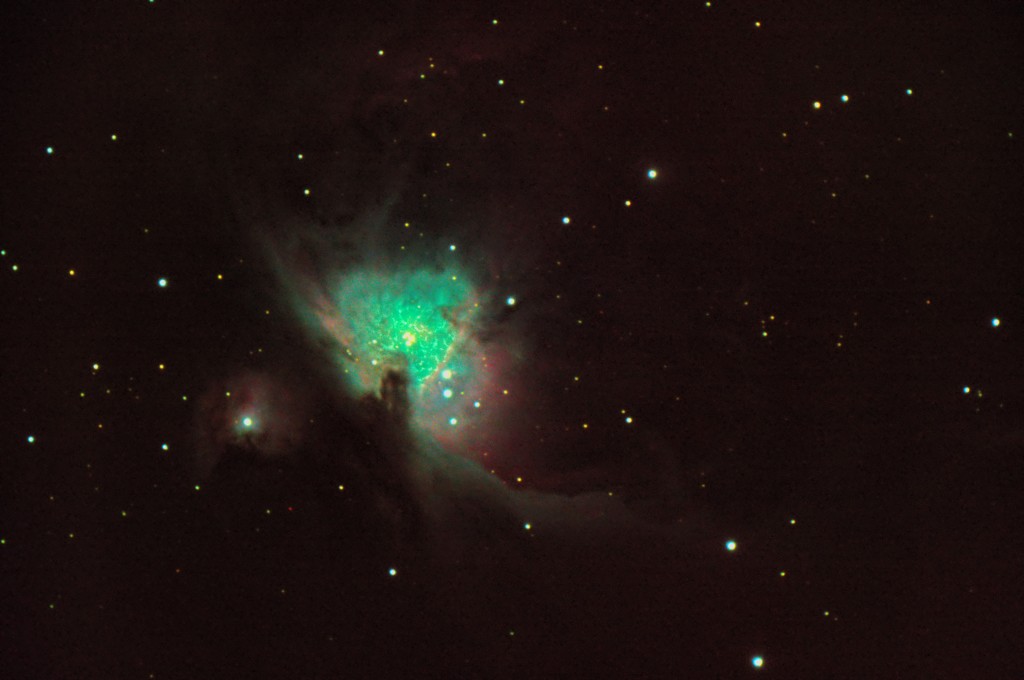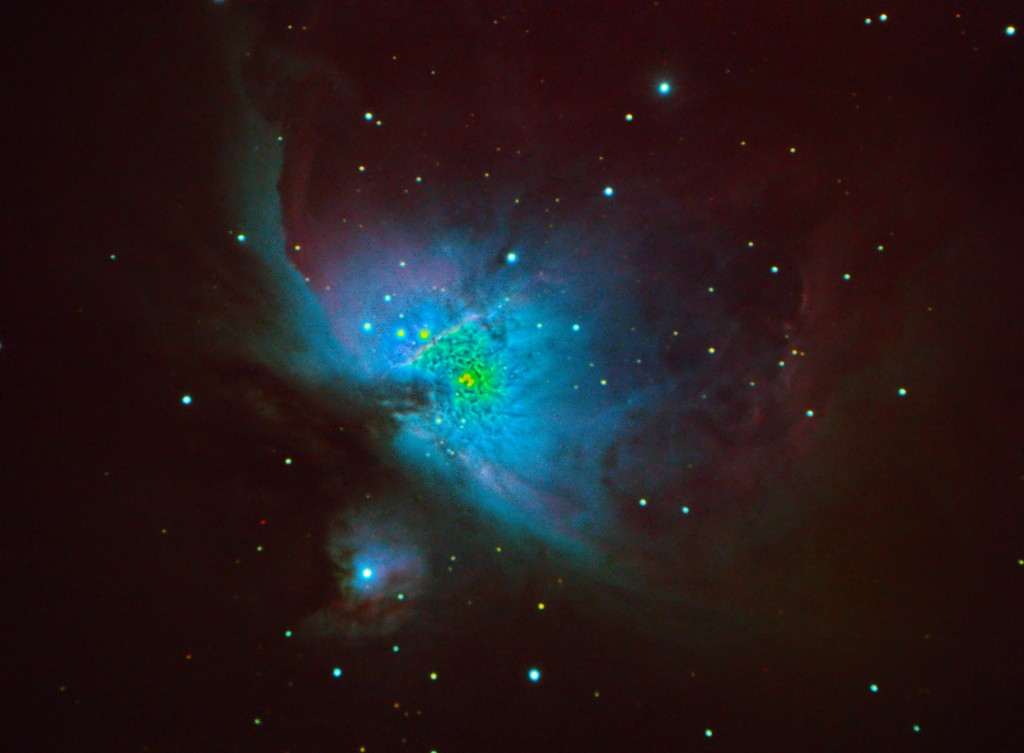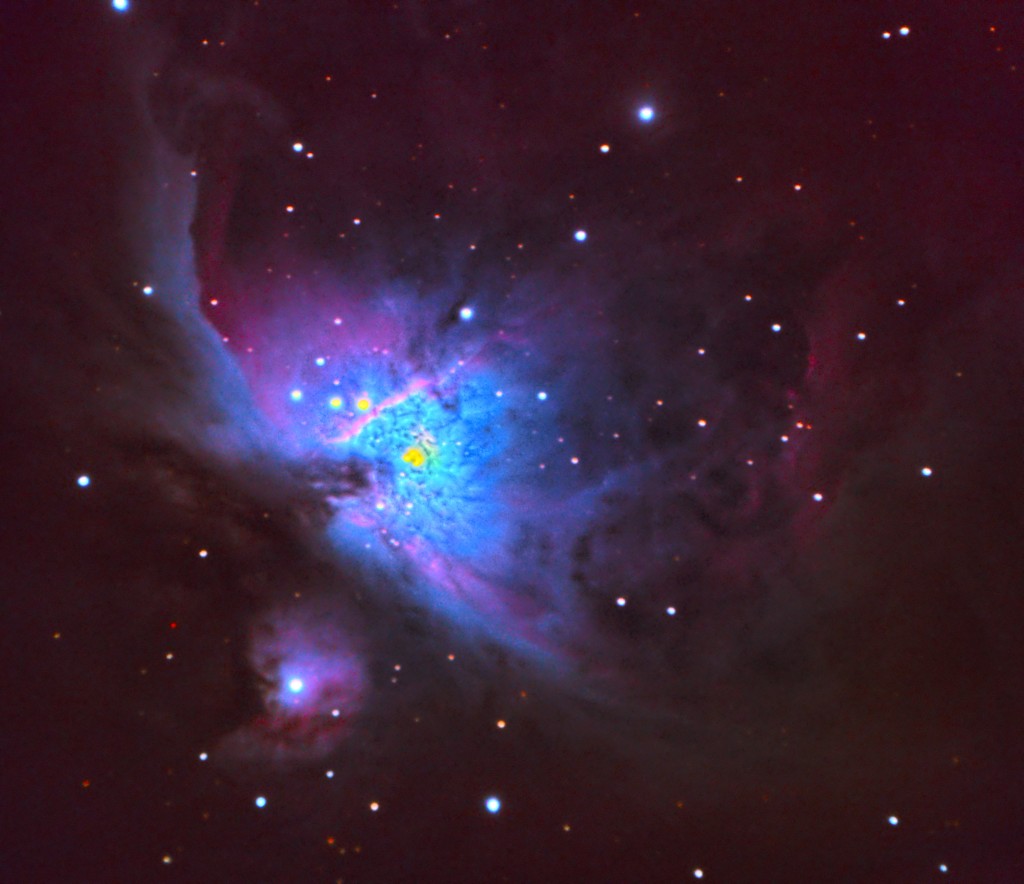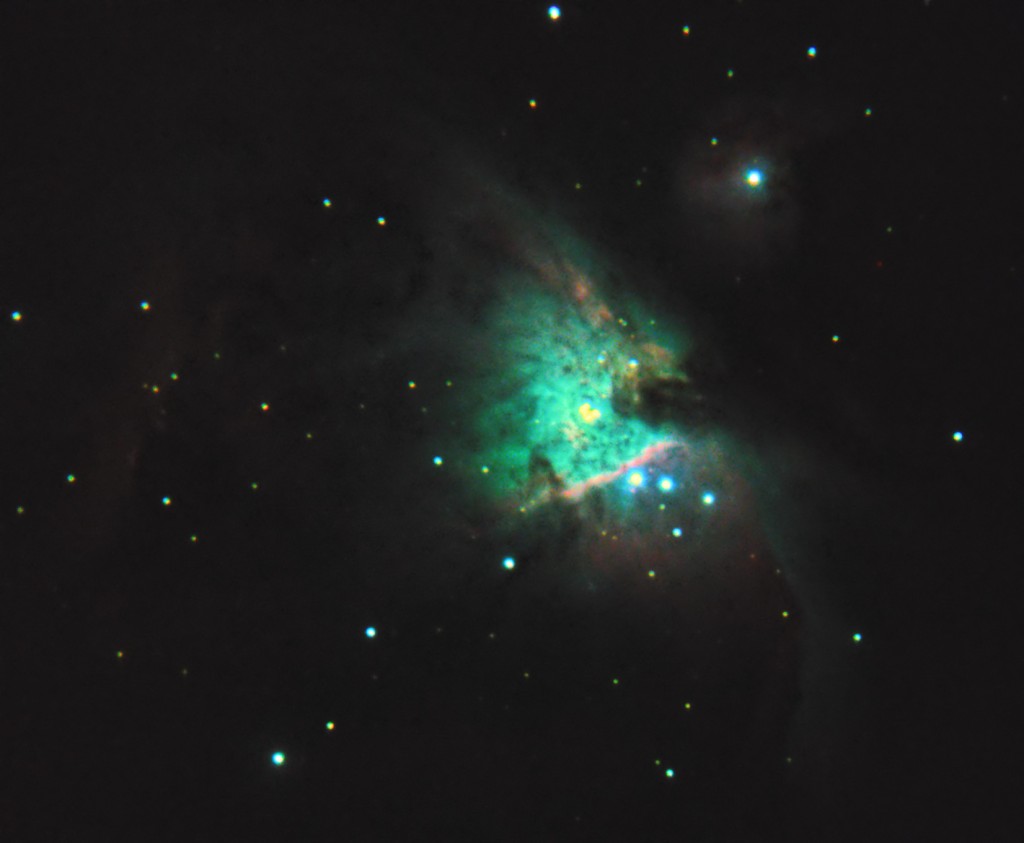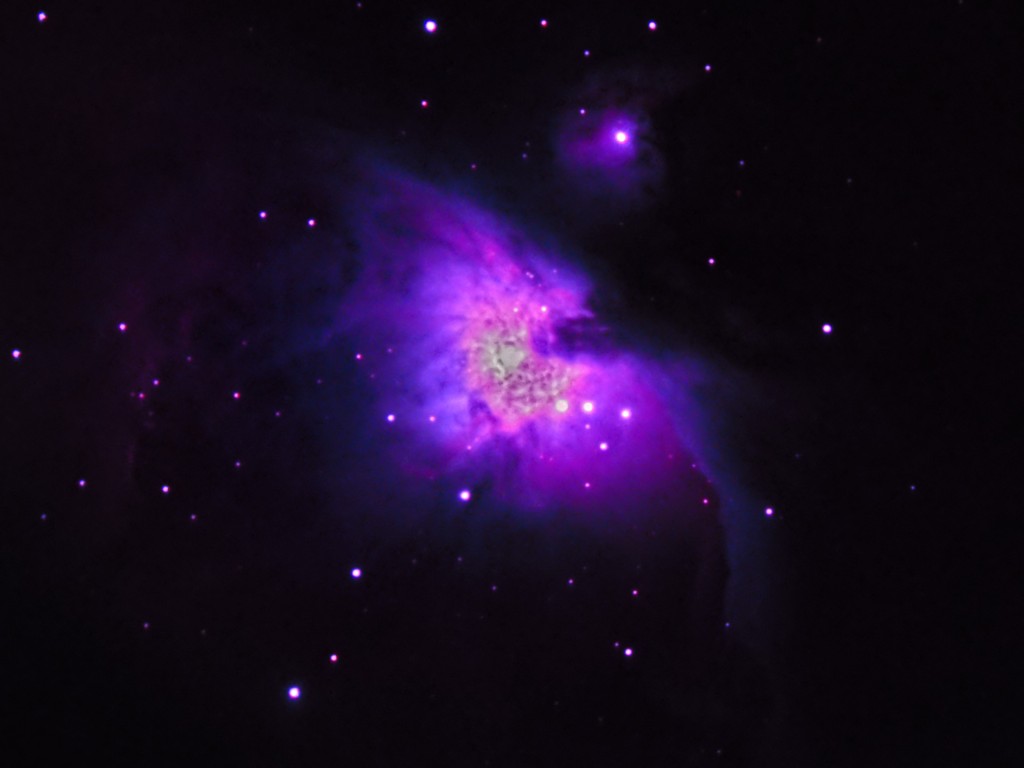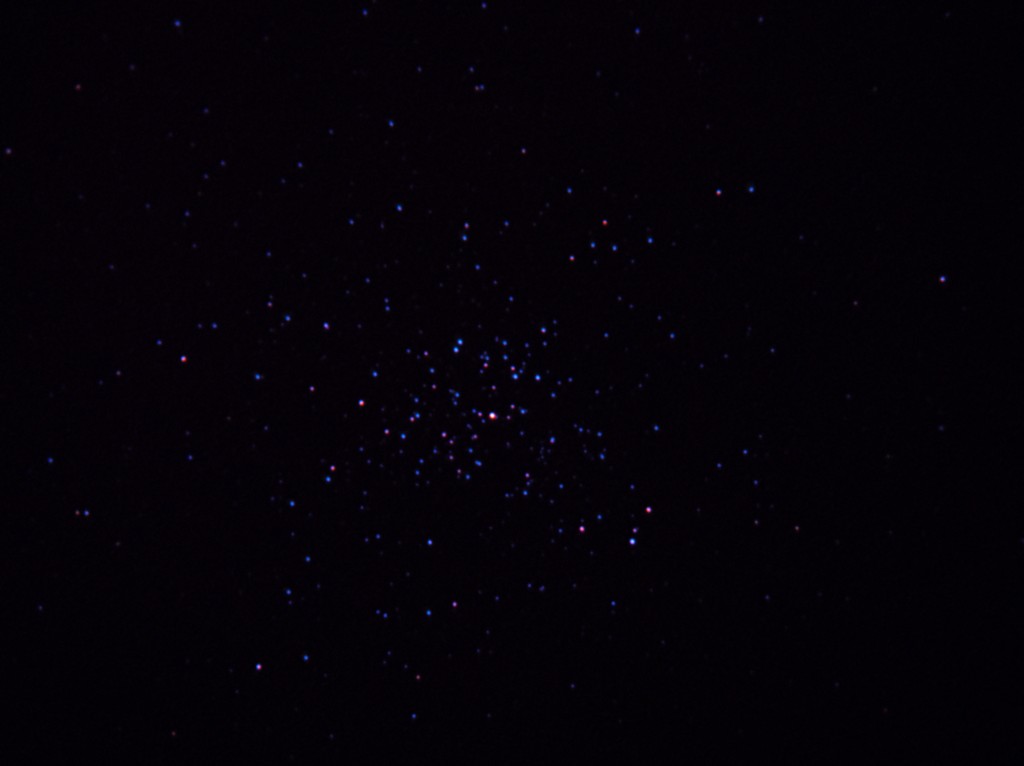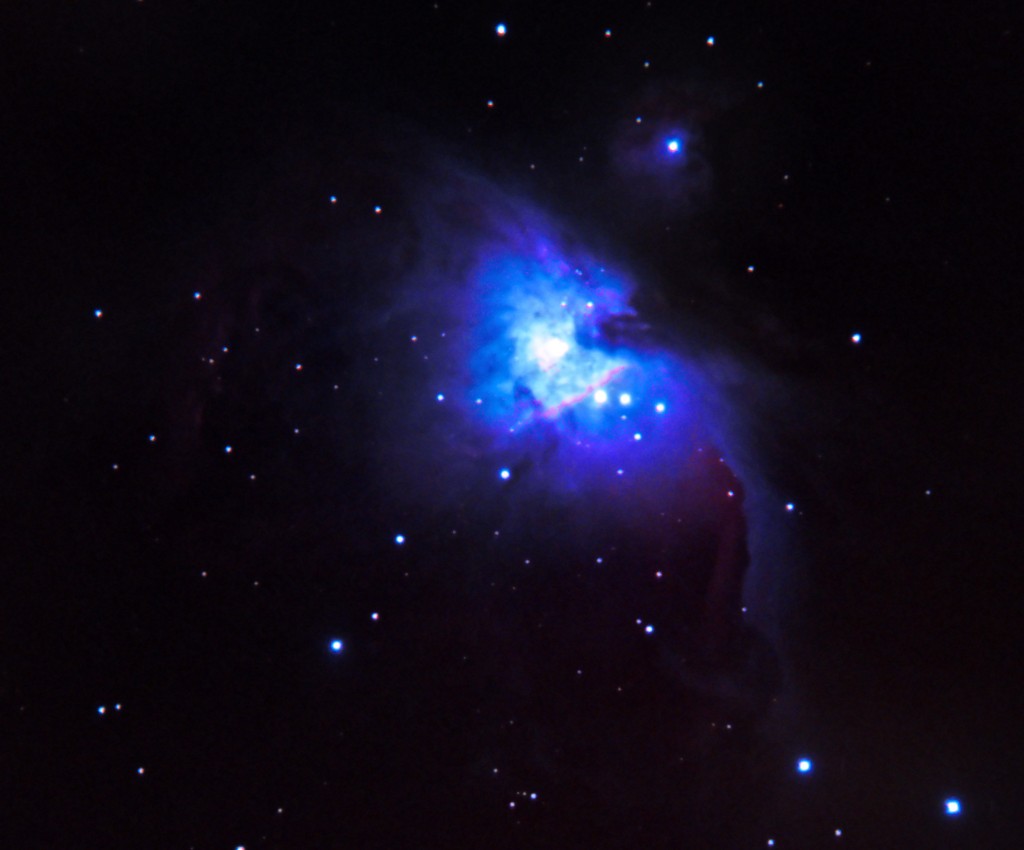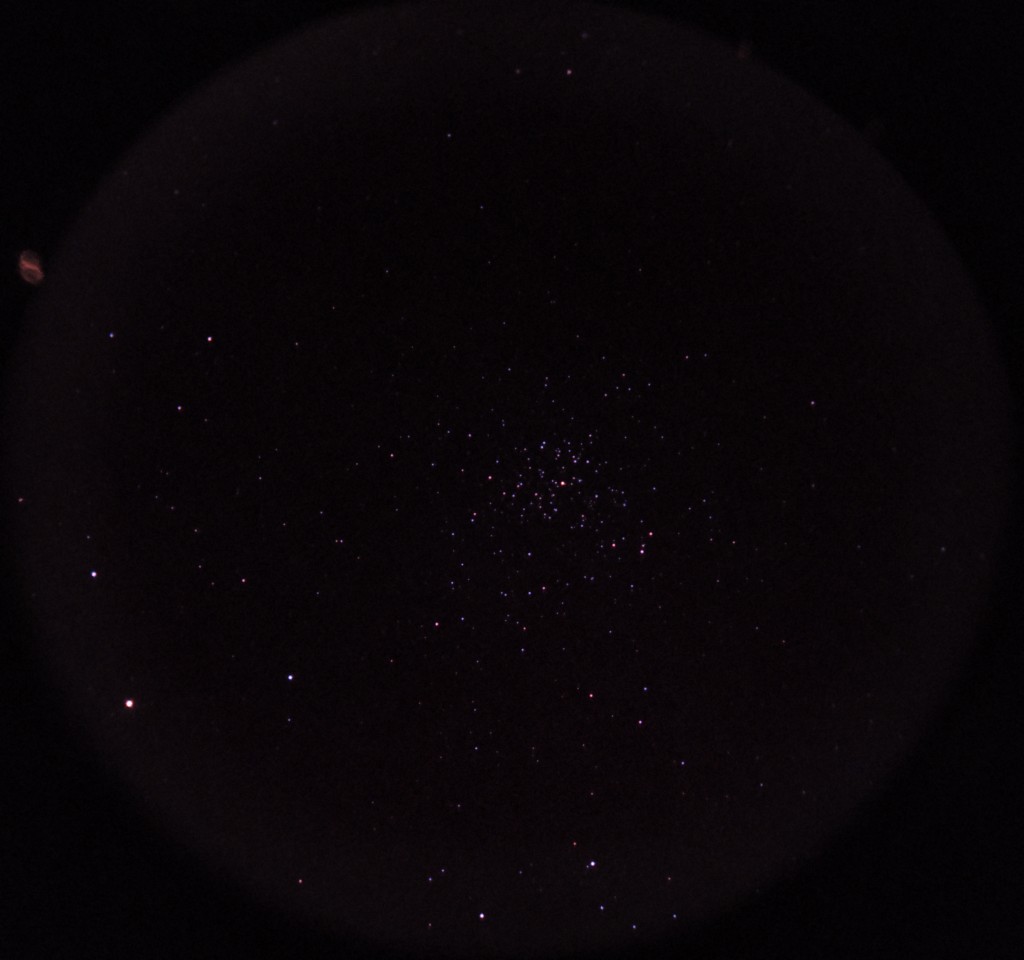UPDATE: Ivo of Star Tools showed me how to process my FITS files and here is his take on my M42 below. He used Star Tools’s Repair module to turn my arrowhead stars into points – not bad for an alt-az mount.
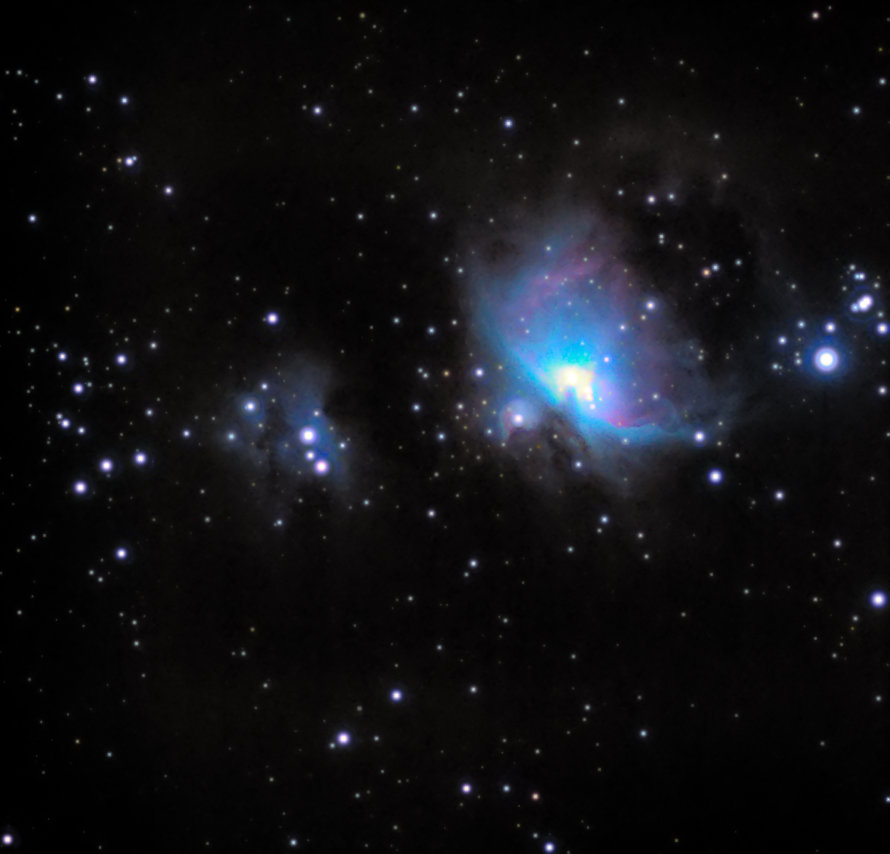
M42 rework by Ivo of Star Tools
I just tried out my new 1100D with a Canon 75-300 zoom on some deep sky objects. The camera was mounted on a Nexstar 4SE mount in alt-az mode aligned using 1 star with no guiding. My location is in a heavily light polluted city. Capture was by the Canon EOS utility program which captured around 30 shots at 30 seconds and 1600 ISO for each object. Stacking was done in DeepSkyStacker and post processing in Star Tools.
Still getting the hang of the software but I am pretty pleased with my first efforts at deep sky. I am still trying to figure why the stars are little triangles – vibration or lens distortion? Click on any image to view the original frame.
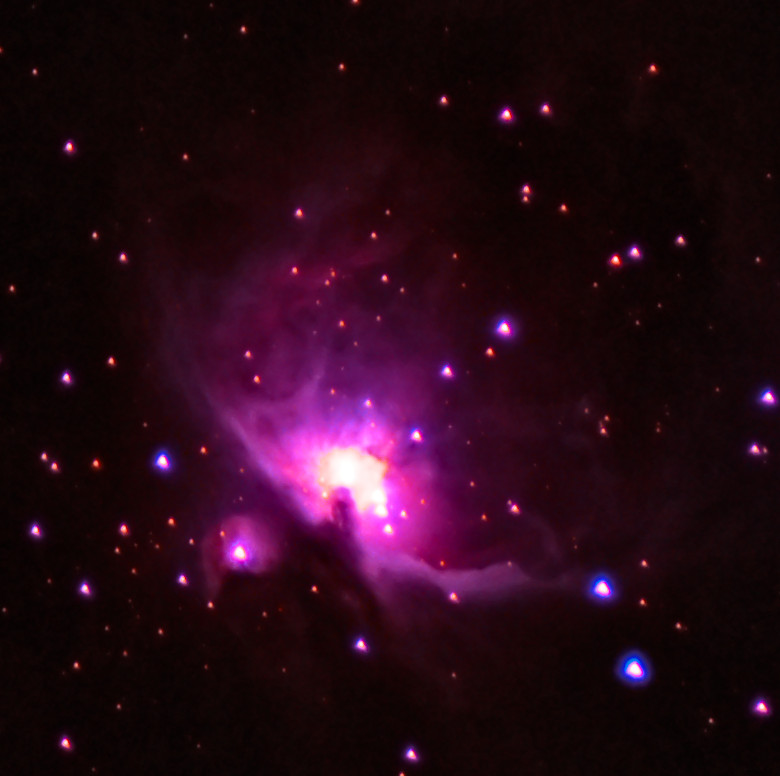
M42
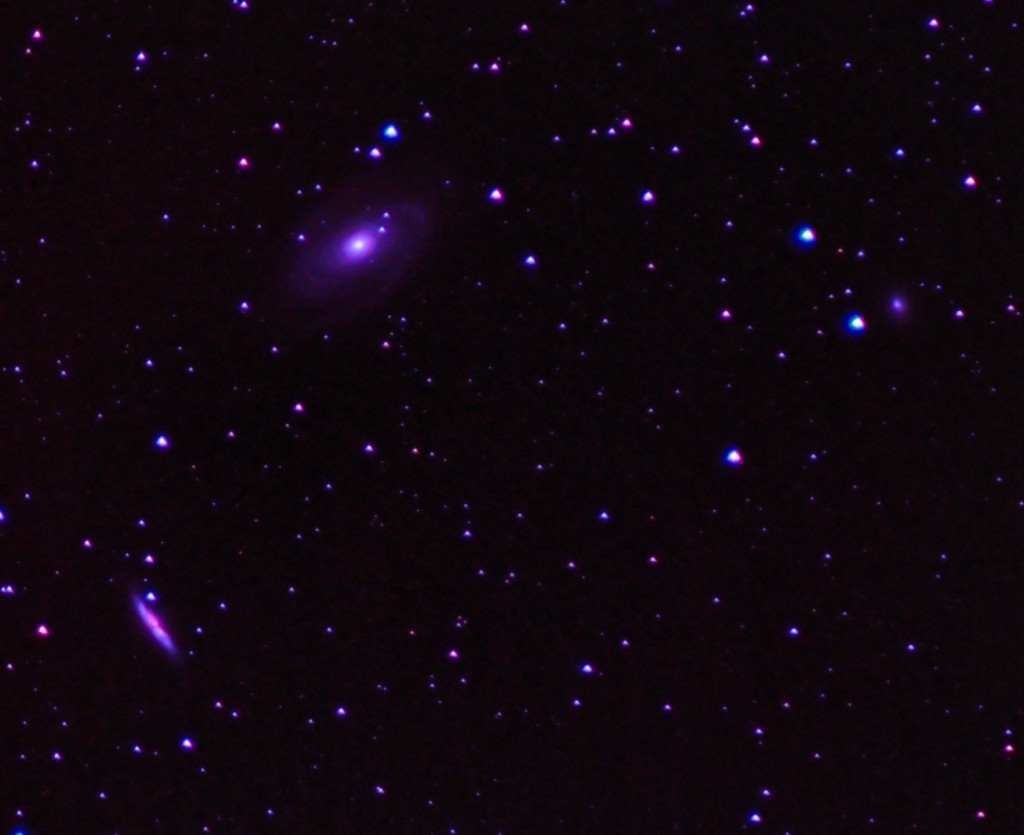
- M81 and M82
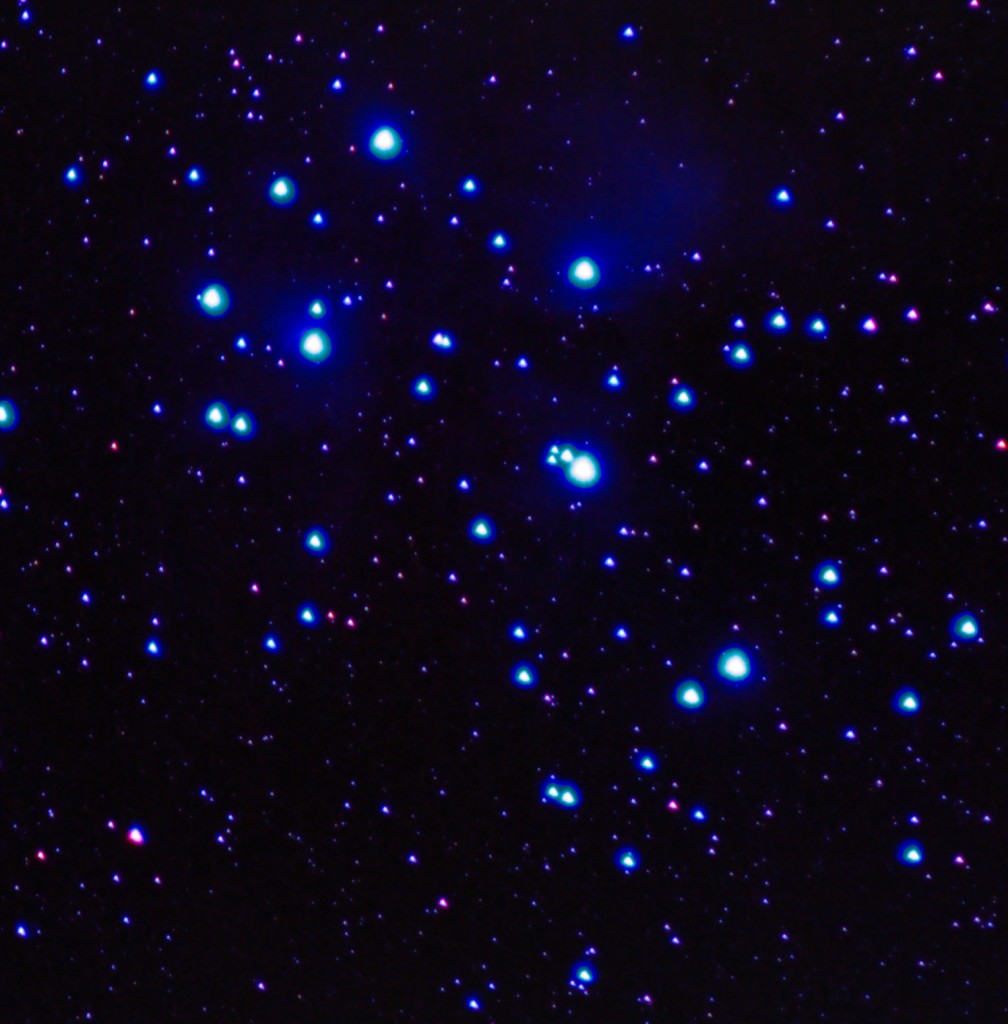
- M45
